If you could bring something back from Mars to Earth, what would you choose? This question is becoming reality, as ESA opens a call for scientists to join a NASA team working to determine which martian samples should be collected and stored by the Perseverance rover set to launch this Summer.
Perseverance is a standalone mission seeking signs of habitable conditions on our neighbor planet, but it is also part of the international Mars Sample Return campaign that ESA Member States agreed to finance last year during Space19+.

In a clean room at NASA’s Jet Propulsion Laboratory in Pasadena, USA, engineers observed the first driving test for NASA’s Mars 2020 rover on December 17, 2019. Credit: NASA/JPL-Caltech
Traveling over 53 million km to Mars, landing, collecting samples and launching a vehicle to return to Earth is unprecedented. This campaign will span a decade and involve four launches, including three from Earth and the first launch from another planet.
Interplanetary geo-caching
When Perseverance lands on Mars it will scout the area for over a year. One of its main tasks will be to collect samples in cigar-sized metal cylinders that it will leave on the surface for pickup at a later date. As part of this international collaboration, ESA plans to provide a sophisticated Sample Fetch Rover to be operated during NASA’s Sample Retrieval Lander mission in the middle of this decade.
The ESA rover will collect the samples that the Perseverance rover gathered and bring them to the lander, where they will be carefully stored in a Mars Ascent Vehicle (MAV). The MAV will launch the sample container from the martian surface, placing it in orbit around Mars.
Another important ESA contribution will be the biggest and most robust spacecraft flying to Mars – the Earth Return Orbiter that will rendezvous with the sample and bring it to Earth.
Packing for a return to Earth
Although the full campaign is in its early project phase, scientific experts must be selected now so they can begin training and operate alongside the Perseverance science team to enhance the value of the samples that will be collected. The selected scientists will also have to anticipate the needs of future investigators who may analyze these samples for a very diverse range of studies on Earth.
“We encourage applications from experts outside of the space field,” says ESA’s interim Mars Sample Return Programme Scientist Dr. Gerhard Kminek. “We need field geologists and laboratory experts who know how to pick the right samples based on information from the instruments that Perseverance has on-board.”
ESA’s human spaceflight team leader adds, “experts selected through this call will receive training to form part of the international team of martian-geologists-at-a-distance. These are exciting times and we are looking forward to receiving the best proposals Europe has to offer.”
Uncovering the secrets of our Solar System
Studying Mars samples on Earth will allow scientists to use instruments more powerful than anything that could be flown on robotic missions. The chance to learn and share resources, including sending samples to the best laboratories around the world, offers incredible opportunities for new discoveries.
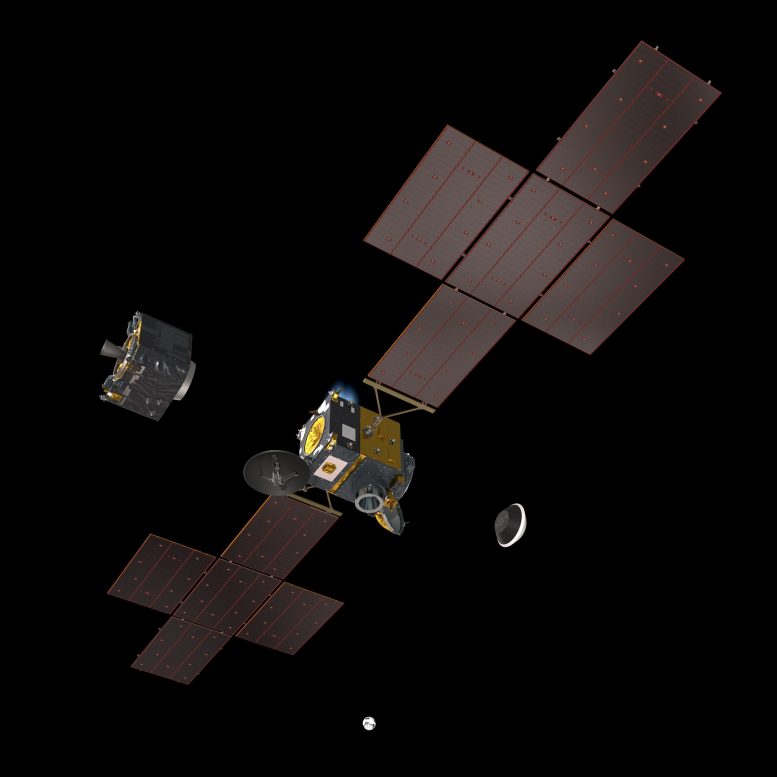
An artist’s impression of ESA’s Earth Return Orbiter spacecraft that is part of the Mars Sample Return series of missions to bring back samples from Mars. The image shows the elements of Earth Return Orbiter. Including the basketball-sized container with samples from Mars, the Orbit Insertion Module – a chemical propulsive stage for inserting the spacecraft into Mars orbit that is ejected to save mass on the return to Earth – and the Earth entry capsule that will splash down on Earth. Credit: ESA
Samples may be analyzed again and again, enabling new information to be extracted – much like with lunar samples brought to Earth in the 1960s and 1970s, which continue to reveal new discoveries to this day.
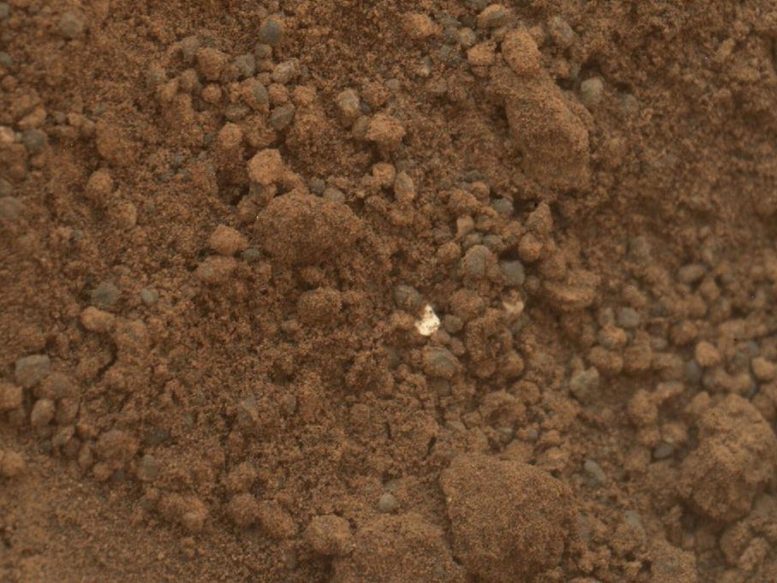
Martian soil collected by NASA’s Mars rover Curiosity at a sandy patch called Rocknest. The bright particle near the center of the image, and similar ones elsewhere in the pit, are assessed by the mission’s science team assessed to be native Martian material. Credit: NASA
Gerhard concludes, “There are many reasons to study Mars, but one of the most pressing is that, while life arose and evolved on Earth, we still don’t know if life had a chance on Mars. Planetary scientists can study rocks, sediments, and soils for clues to uncover the geological and potential biological history of Mars. Then, by comparing those findings with Earth we also learn more about our own planet.

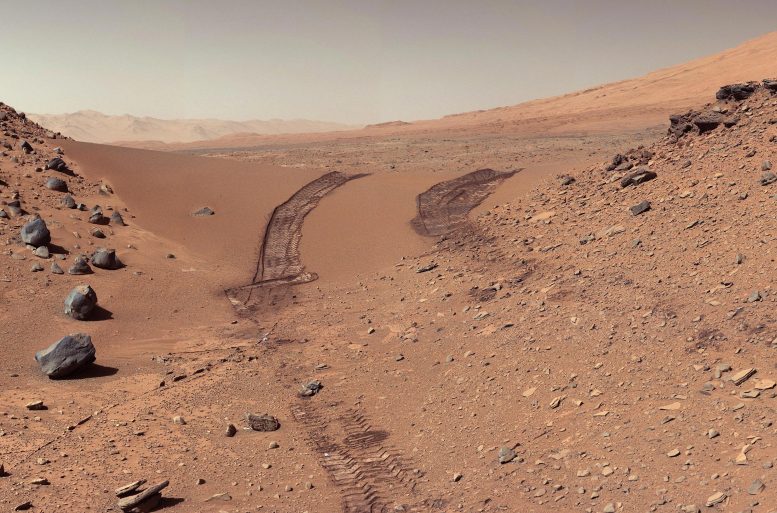

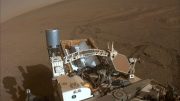
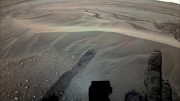

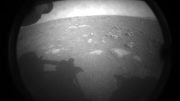

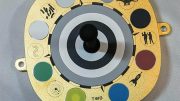
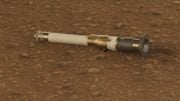
Be the first to comment on "Amazing Tech Behind the Mission to Collect Rocks on Mars to Bring Back to Earth"